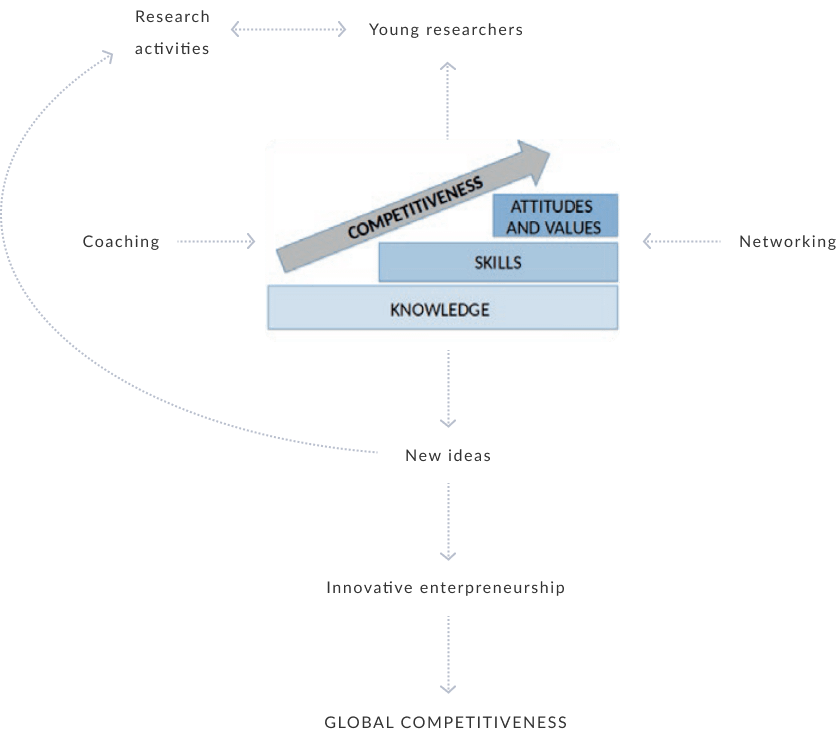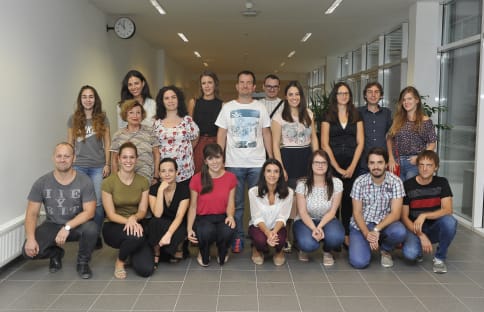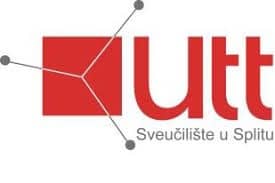IIIA Education

EDUCATION AND TRANSFER OF
KNOWLEDGE AND TECHNOLOGY
- Learning is fundamentally important for all students, business sectors, and society as a whole.
- Available modern machines and equipment for young researchers enable the further development of ideas for scientific research and adaptation of conceptual solutions for the development of modern labour markets.
- Organization of quarterly gatherings of all members involved in the implementation of the project to exchange ideas and research results
- Interaction between research groups, mutual visits to research laboratories, stimulation of creativity.
- Meetings with representatives of the economy, introduction to the expectations of the other party in the process of technology transfer.
- Lectures, presentation, discussions and workshops – development of practical research skills.
- Adaptation and upgrading of specific research equipment and instruments for the design of new innovative products – education and practical work.
- The concept of opening up complementary research areas to propose new project applications.
IIIC INTELLECTUAL PROPERTY
- Cooperation and participation of the University of Split’s Technology Transfer Office (UTT) with the aim of supporting the achievement of intellectual property, its protection/management and the knowledge and technology transfer – UTT monitors the work of all activities through group and individual meetings with researchers.
- “Contribution to the realization of the concept of “REI” in terms of integrating research, innovation and education for the purpose of knowledge / technology transfer.”
Based on the researcher’s query:
- conduct patent searches to map the state of the technology and scientific advances and informed management of research.
- use the Global Patent Index (GPI) tool of the European Patent Office.
- timely detection of new knowledge and increase research efficiency, ensuring risk control.
- expose the intellectual creations
- choose the appropriate protection form (s) (usually trade secret or patent), subcontracting to patent agents.
- elaboration of the plan of exploitation of each new opportunity and analysis of the market opportunity for more realistic valuation and negotiation in commercialization.
- list of potential licensees and initiate the sales process.
- forming a management team and finding investors to set up spin-off companies.
- fostering a culture of linking research with innovation for the acquisition of intellectual property as well as knowledge for its management – workshops on intellectual property.
- Annual Award for Most Innovative Researcher.




